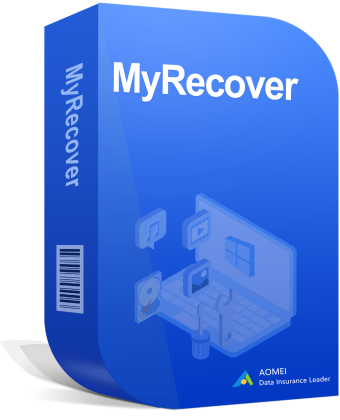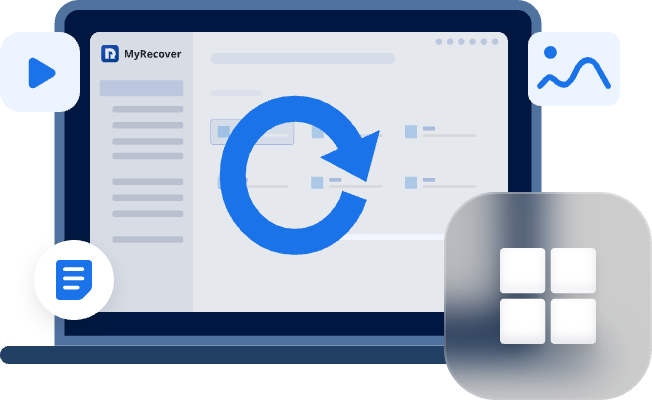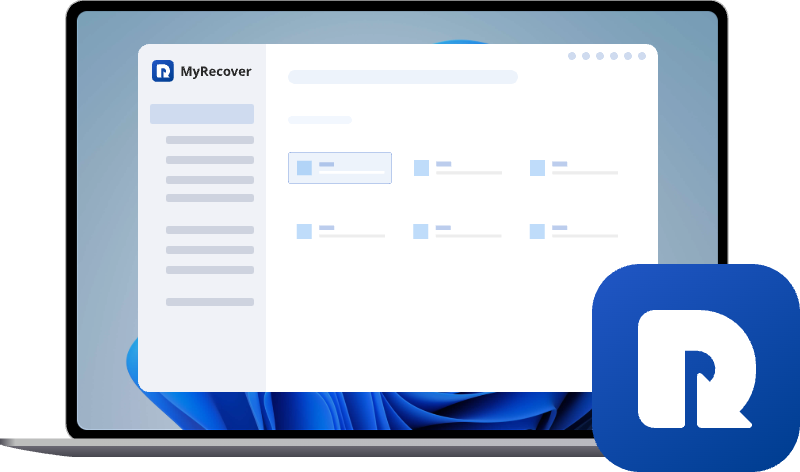[Stepwise Guide] Restore Windows 10 File History to New Computer
This stepwise guide explains how to restore Windows 10 File History to a new computer. It covers transferring backup drives, connecting File History, and recovering your files quickly and securely, ensuring a smooth transition between PCs.
Why Restore Windows 10 File History to New Computer?
File History is a built-in Windows feature that automatically backs up your personal files, such as documents, photos, videos, and desktop files to an external drive, network location, or secondary internal drive, allowing you to restore previous versions of your files if they are accidentally deleted, corrupted, or modified. File History stores backups on.
When you get a new computer, your old files, documents, and personal data don’t automatically transfer. Restoring File History to the new system allows you to:
- Recover all your important files from the old computer.
- Maintain version history, so you can restore previous file versions if needed.
- Continue regular backups on the new computer without losing continuity.
Cannot Directly Copy File History Backup to New Computer?
My computer died, but I have a File History backup from it. How do I transfer the data from there to my new computer? I can't just copy it because all the file names are appended with the date of the latest version.
When you run File History, it basically makes a database that keeps track of your files, where they are, and when they were backed up. This database is tied to your computer’s name and your user account, and it also gets a unique code linked to your PC. This is why you can’t just copy File History backup files or folders from old computers to a new one:it’s locked to the original machine.
How to Restore Windows 10 File History to New Computer?
Unlike restoring files from File History on the same computer, restoring File History to a new computer requires extra different steps to combine the previous backup database with the new system to make the files and version history accessible.
Step 1: Plug in the external drive where your File History backupsof old computersare stored.Make sure the new computer recognizes the drive.
Step 2: Go to "Control Panel > System and Security". Click "save backup copies of your files with File History", then the File History window will appear .
Step 3: Click "Select drive" if your backup drive is not automatically recognized.
Step 4: Browse and select the drive containing your old computer’s File History. Check the box next to "I Want To Use A Previous Backup On This File History Drive".
Step 5: Then choose your target backup from the "Select An Existing Backup panel". Click "Ok".
Step 6: Click "Run Now", then File History will begin making a backup of the data on your new computer.
Once the backup on your new computer is complete, File History links your previous backup with the new system. This ensures that all your files and version history from the old computer are recognized and can be restored on your new Windows 10 PC. This integration process is a key torestoringyour previous File History backup on the new Windows 10 system. Now, proceed with the remaining steps.
Step 7: Click "Restore personal files". Use the left arrow nearby the green restore button to find previous backups of old computers, then select the files or folders you want to restore.
Step 8: Click the green restore button to copy the files back to the new computer.
When restoring, you may see a "Replace or Skip Files" window. Select "Replace the files in the destination"so File History can overwrite duplicate files from your new computer.
Easier Way to Restore Files on New Computer Without Backup
If your computer has changed but the internal hard drive remains the same — for example, you installed the old drive into a new PC and reinstalled Windows, you may find that your personal files are missing. This happens because reinstalling Windows can remove file records from the old system.
In this case, instead of using File History or other backup methods, the most effective way to restore your lost data is by using professional data recovery software like MyRecover. Such tools can deeply scan your old drive to locate deleted or missing files and recover them safely without affecting existing data.

- Two Scan Modes — Quick Scan for recently deleted files and Deep Scan for thoroughly lost data.
- Over 1000 File Formats Supported — Documents, photos, videos, CAD files, emails, and more.
- Compatible with All Drives — HDDs, SSDs, USB drives, SD cards, and external hard disks.
- Easy to Use — Just 3 clicks to complete recovery.
- Preview Before Recovery — Verify the content before restoring files.
Step 1. Install and run MyRecover, select the target drive and click on "Scan".
Step 2. Once the scanning completes, browse through all recoverable files, filter a specific file type and then tick whatever you need and click "Recover".
Step 3. Choose a safe location to save the recovered files.
Closing Thoughts
Restoring Windows 10 File History to a new computer may seem complicated at first, but with the correct steps, you can easily bring back your important files, documents, and version history from your old PC. Remember that File History backups are tightly linked to the original computer’s identity, which is why following the proper restoration process is essential for the new system to recognize and use those backups correctly.
If you don’t have a valid File History backup or your data disappeared after reinstalling Windows on an old drive, you can turn totools like MyRecover. This data recovery softwarecan help you recover lost files directly without backup.


